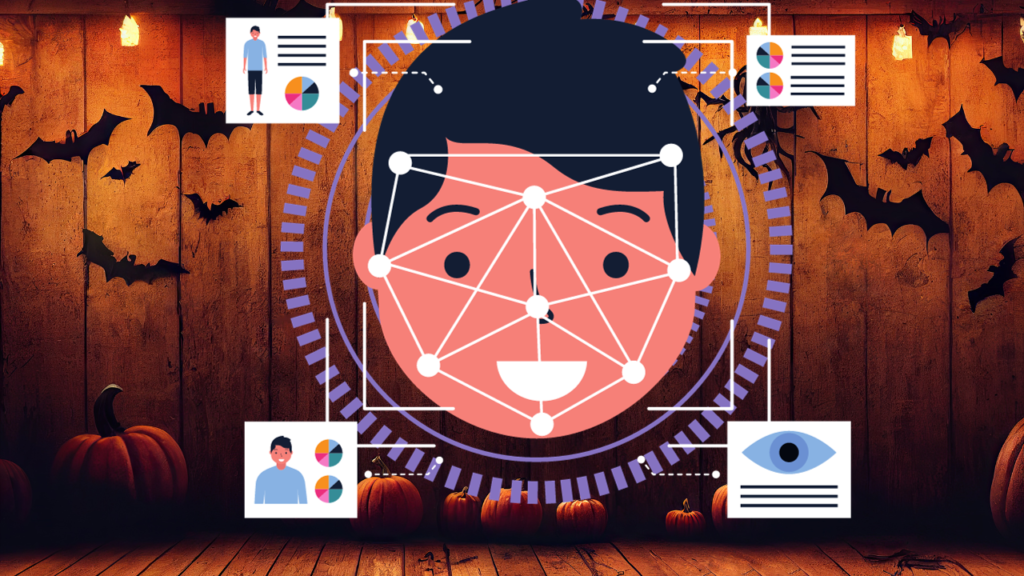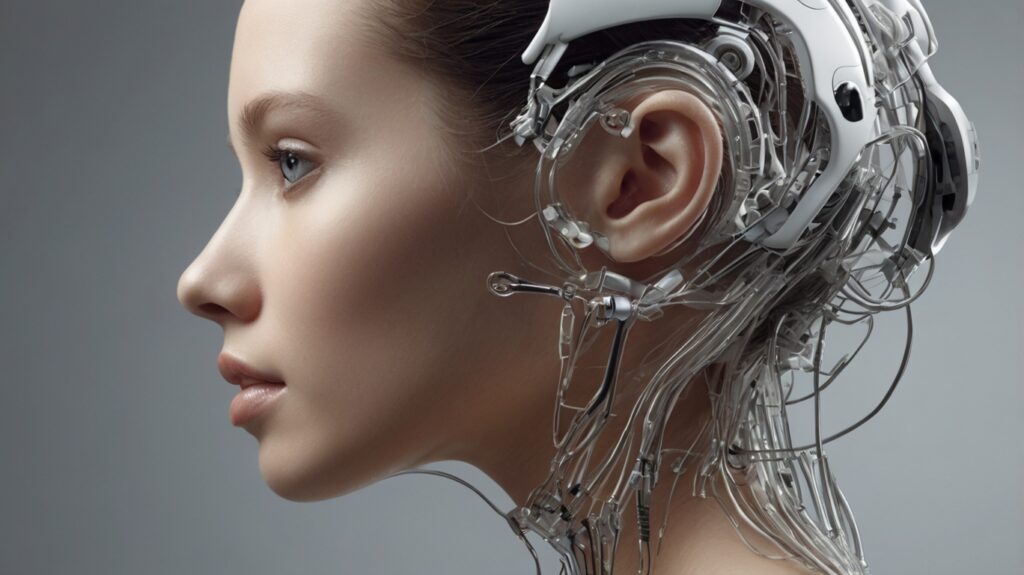
Welcome to the chilling world of “Biometric Halloween Technology,” where your very biological identity becomes both your treat and perhaps, your trick. As UX professionals, we’re no strangers to emerging trends, but this one, oh, this one might leave the hair on the back of your neck standing up.
Biometric Interfaces are not new. They’ve been around, lurking in the shadowy corners of our day-to-day lives, ever since the first fingerprint scanner was installed in a smartphone. They’ve been stealthily collecting data, from the unique patterns of your retina to the very rhythm of your heartbeat. They’ve been there, silently integrating into our lives, one touch, one glance at a time.
But what happens when we take these biometric interfaces, these seemingly benign tools of convenience, and throw them into the macabre mix of Halloween? The result, my friends, is Biometric Halloween Technology, a bone-rattling blend of the eerily personal and the delightfully horrific. It takes the concept of “personalized scares” to a whole new, downright terrifying level.
Imagine this: You approach a haunted house, heart pounding in anticipation. The door opens not with a creaky old knob, but with a retina scanner that glows an eerie green. Or consider a trick-or-treat bag that only opens with your fingerprint, ensuring no sticky fingers can steal your hard-earned sweets. Biometric Halloween Technology makes these ghastly gimmicks a reality, adding a dash of the uncanny to the expected frights.
Now, you may be thinking, “Wait a second, isn’t this just a bit…overkill?” And to that, I would respond with a hearty chuckle and a simple, yet profound, “Really?” Halloween is all about the over-the-top, the extravagant, the downright spooky. And what’s spookier than technology that knows you better than you know yourself?
That said, as UX professionals, we should approach these biometric interfaces with the same level of scrutiny and care as we would any other tool. Yes, they can provide a unique, personalized user experience that is as thrilling as it is unnerving. But they also come with a host of privacy and security concerns that can’t be ignored. No one wants to experience the real horror of a data breach, after all.
Biometric Halloween Technology may be a fun and fascinating trend, but it shouldn’t be implemented without proper thought and consideration. Privacy should never be sacrificed for the sake of a good scare, and as UX professionals, it’s our job to ensure that line is never crossed.
So, as we delve into the uncanny valley of Biometric Halloween Technology, let’s remember to keep the user’s best interests at heart. Let’s create experiences that are not only frightfully fun but also safe and secure. After all, the best scares are the ones you can walk away from, laughing.
As Halloween approaches, keep an eye out for Biometric Halloween Technology. Who knows, maybe you’ll find yourself face-to-face with a retina scanner that’s more interested in giving you a scare than granting you access. And if you do, remember to laugh, enjoy the experience, and then critically analyze it like the true UX professional you are.
After all, in the world of UX, every spine-chilling, hair-raising, heart-pounding moment is just another opportunity for innovation and improvement. So, let’s embrace the eerie, the uncanny, and the downright spooky world of Biometric Halloween Technology. Because who knows what bone-rattling innovations are lurking just around the corner?


